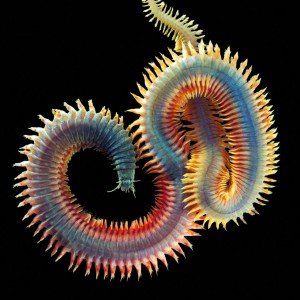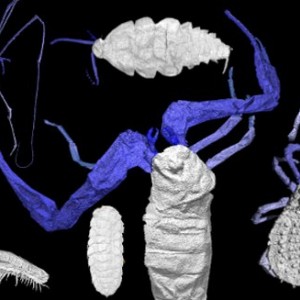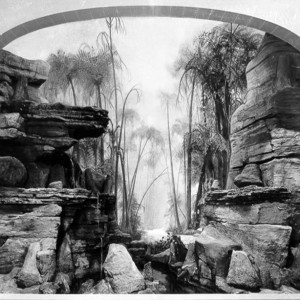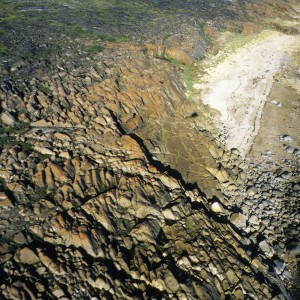The Paleozoic era, meaning “ancient life”, is a division of earth’s history spanning from around 541 to 252 million years ago. It is subdivided into the Cambrian, Ordovician, Silurian, Devonian, Carboniferous and Permian periods. The beginning of the Paleozoic is characterised by the sudden appearance of animal ecosystems following the extinction of the Precambrian Ediacaran fauna. The end of the Paleozoic is marked by the greatest mass extinction in earth’s history, following which global ecosystems were radically reorganised.

Published on February 15th, 2013 | by David Marshall
Fossils, at the best of times, are difficult to interpret. Palaeontologists attempt to reconstruct organisms from what little remains are left. This can be relatively simple for groups that we are familiar with today; you can [&hellip... Read More →

Published on January 15th, 2013 | by David Marshall
The first animals came onto land sometime before 425 Ma. These early colonizers were members of a group called the arthropods – probably early relatives of the millipedes first, followed shortly by arachnids, and then insects [&hellip... Read More →

Published on November 1st, 2012 | by David Marshall
Vertebrates are one of the most diverse and successful groups of animals on the planet. Modern vertebrates come in an astounding array of sizes and shapes and can be found anywhere from the deepest oceans to [&hellip... Read More →

Published on October 1st, 2012 | by David Marshall
A few days after the interview in the Royal Ontario Museum with Dave Rudkin on Isotelus rex, the Palaeocast team headed south to the New York State Museum (NYSM), Albany, USA. Here we got a chance [&hellip... Read More →

Published on September 1st, 2012 | by David Marshall
In June we got the opportunity to speak to Dave Rudkin, curator of arthropods at the Royal Ontario Museum, Canada. In our interview we covered his discovery of Isotelus rex, the world’s largest trilobite, and discussed arthropod [&hellip... Read More →


















